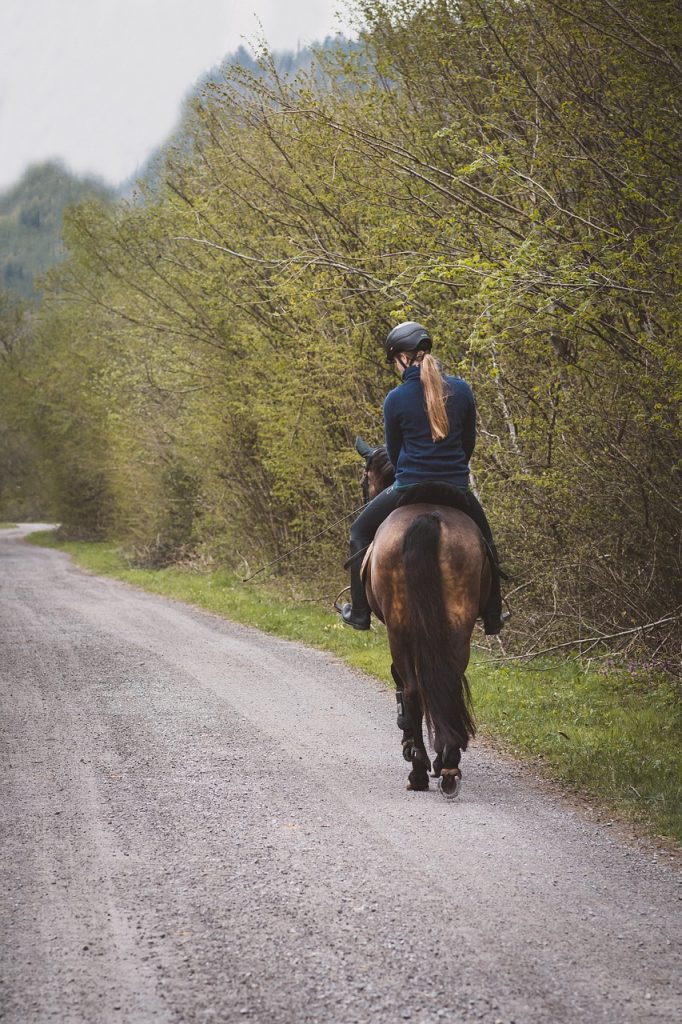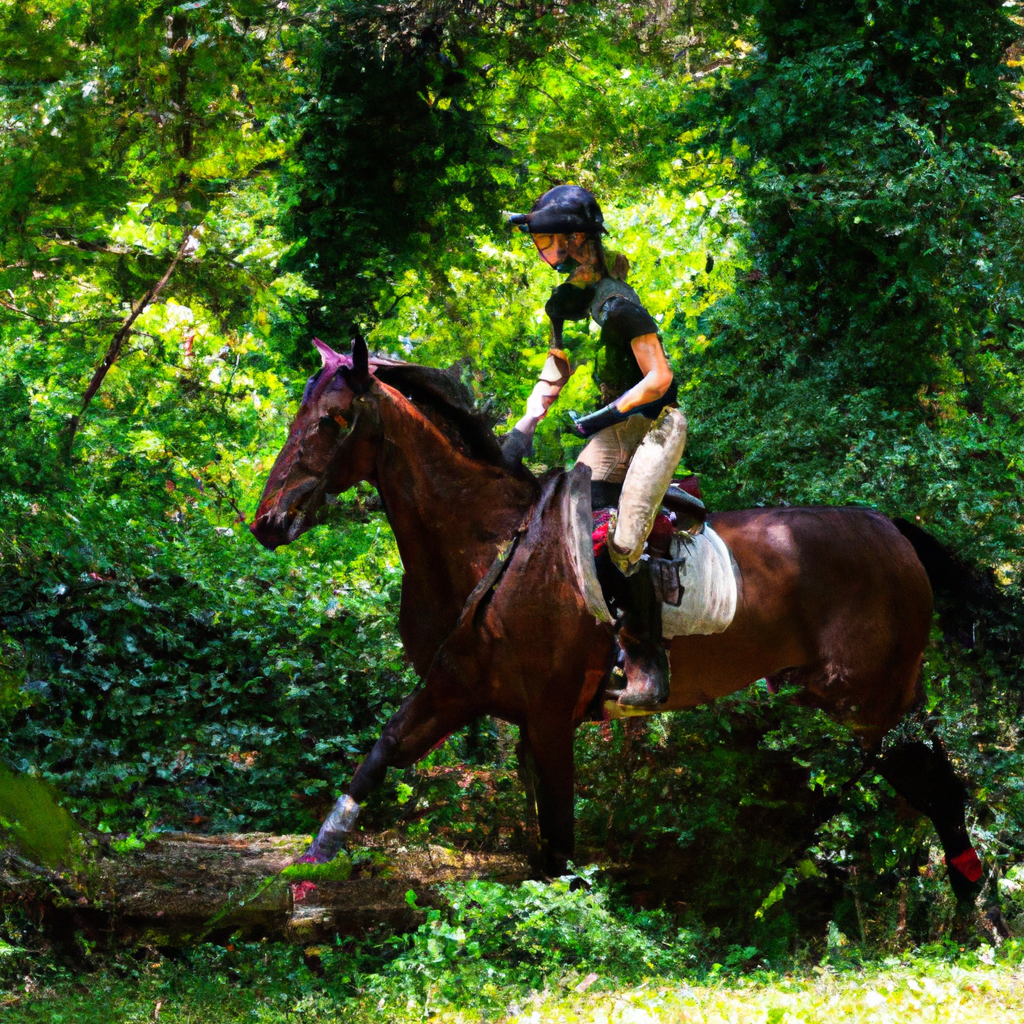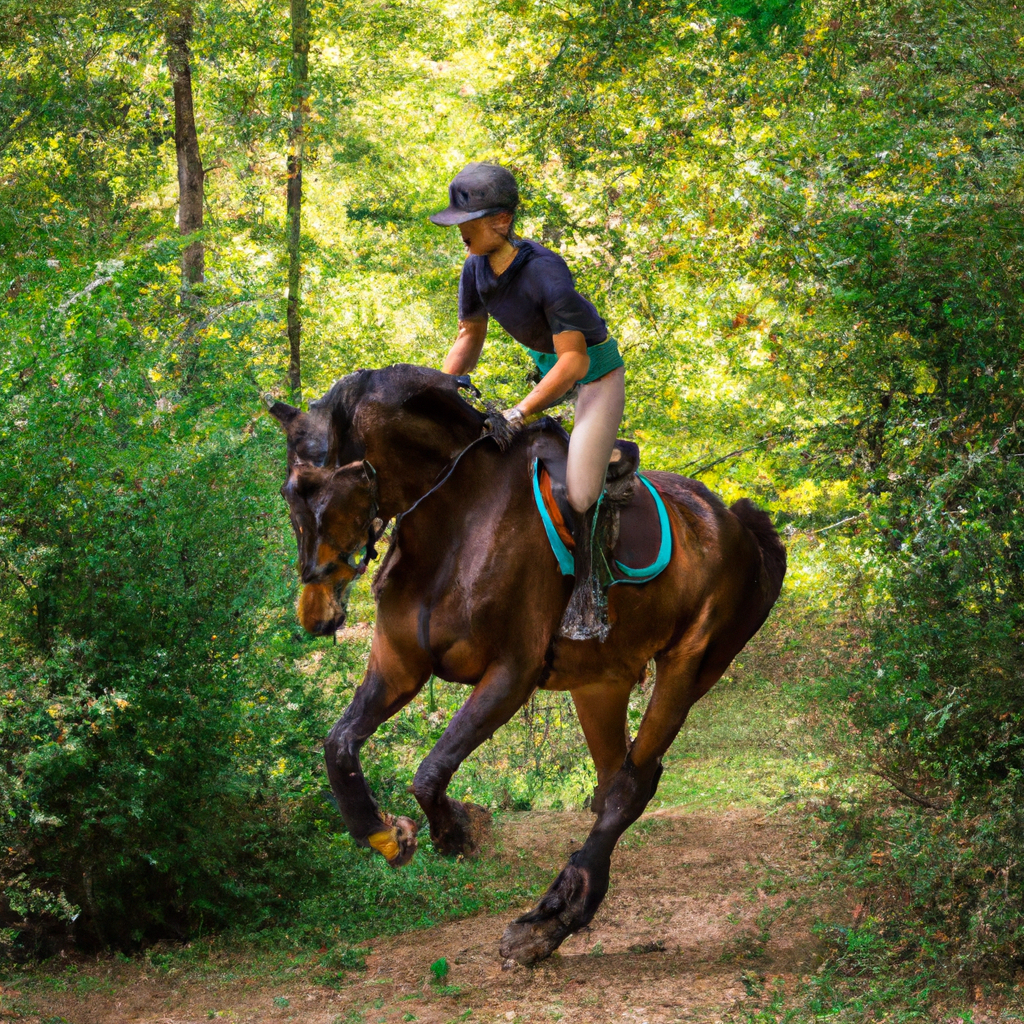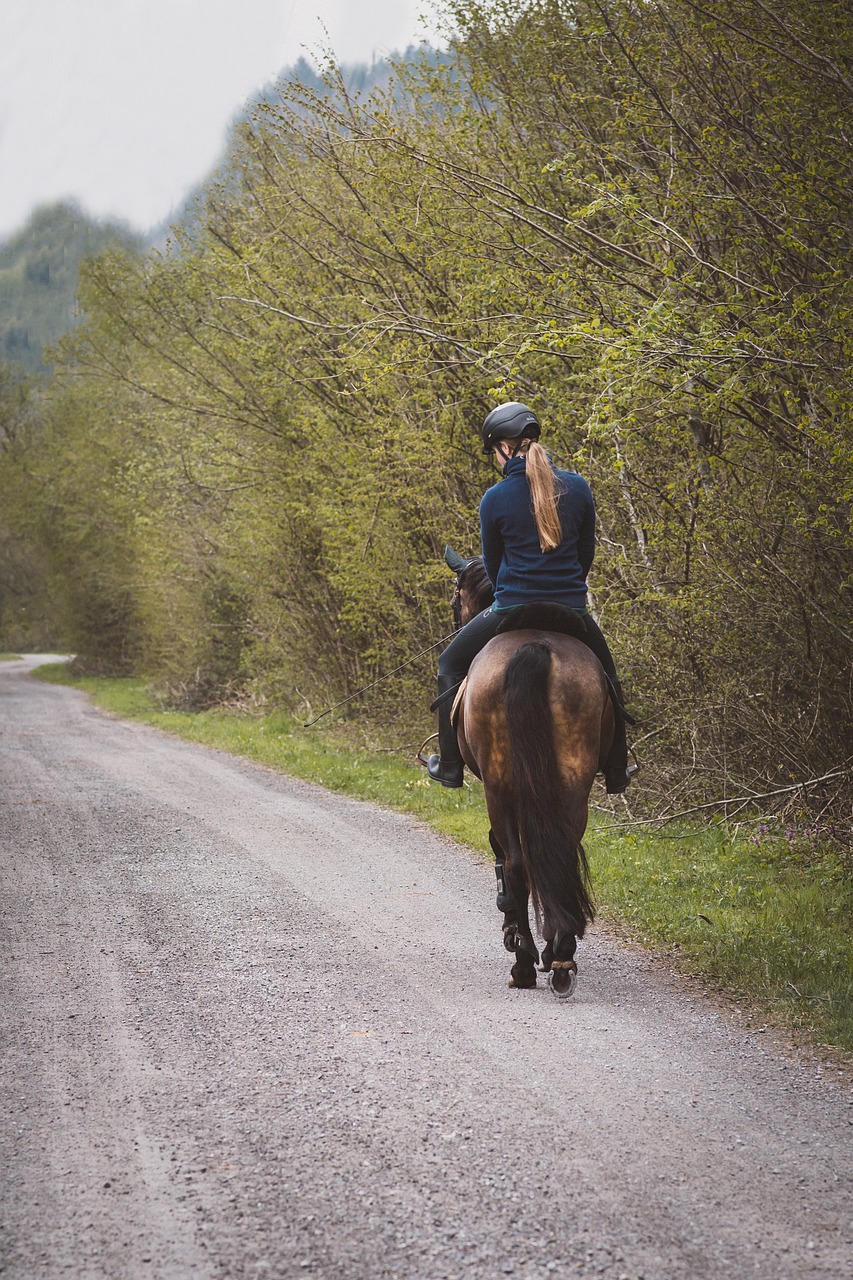Mastering balance in cross-country riding skills requires you to synchronize your center of gravity with that of your horse. The journey from being an advanced beginner, who can independently mount, dismount, and trot confidently, to being a proficient cross-country rider, entails learning to sustain your position whilst halting, walking, and trotting—be it sitting, posting, or in a two-point stance. The key lies not in aggressively gripping your horse or clutching the reins tightly, but in skillfully harmonizing your moves with your horse and no task is more noteworthy on this journey than the challenge and thrill of mastering the canter! Your prowess in effortlessly maintaining this delicate balance determines the refinement of your cross-country riding skills.
Understanding the Importance of Balance in Cross-Country Riding
Definition of balance in cross-country riding
Balance in cross-country riding refers to the ability to maintain a stable, centered position on your horse while traversing different terrains at various speeds. This doesn’t mean merely staying on the saddle, but rather, aligning your center of gravity with that of your horse to move as a cohesive unit. Achieving this becomes one of the primary skills to master in cross-country riding.
Why balance is crucial for riders
Balance is critical because it directly impacts your ability to safely and competently navigate through the cross-country course. Without balance, you’re likely to lose rhythm, interrupt your horse’s movements, or, worse, risk falling off. Besides, a balanced rider helps the horse perform optimally by reducing unnecessary weight shifts that may alter the horse’s stride or direction.
The correlation between the rider’s and horse’s center of gravity
In cross-country riding, it’s crucial that your center of gravity aligns with your horse’s. When you two move as one, it allows smoother transitions between various gaits and terrains. Your horse can execute jumps confidently and maintain steady strides, resulting in a more efficient and faster performance. Also, it offers you a safer, more enjoyable ride.
The Role of the Rider’s Posture in Maintaining Balance
Description of the ideal riding posture
The ideal riding posture is when you’re seated upright in the saddle, with a straight line connecting your ear, shoulder, hip, and heel. Your heels should be slightly down, with your knees and thighs hugging the sides of your horse. Your hands must remain relaxed and steady, and your eyes should look forward in the direction you’re going.
Effects of posture on balance
Your posture has a direct effect on your balance. When your body is correctly aligned, it’s easier to adjust your balance as per your horse’s movement. It stabilizes you during rapid transitions and makes it easier for you to swiftly correct any shifts in your horse’s direction. On the contrary, poor posture can result in imbalance, which may confuse or stress the horse.
Common posture mistakes that affect balance
Common posture mistakes include slouching, leaning too far forward or backward, gripping the saddle horn excessively, or letting the heels come up. These mistakes not only disrupt your balance but also negatively affect horse-rider communication, hindering the horse’s performance and potentially leading to safety issues.

This image is property of pixabay.com.
Mastering Different Riding Positions for Better Balance
Explanation of different riding positions like halt, walk, trot
There are several riding positions you should be comfortable with, such as halt, walk, and trot. In a halt position, you sit deep and tall in the saddle, keeping your body relaxed. During a walk, you move your hips in sync with your horse’s steps. The trot involves rising rhythmically with your horse’s strides while maintaining a steady connection with your legs.
Ideal positions for cross-country riding
For cross-country riding, the two-point or half-seat is the go-to position. This stance, where you lift out of your saddle and maintain contact through your lower leg and hand, allows greater balance and flexibility, essential while tackling obstacles and uneven terrains. However, the ability to smoothly transition between different positions plays a significant role in ensuring a balanced ride.
Impact of riding positions on rider’s balance
Riding positions can either enhance or hinder your balance. The right position helps distribute your weight correctly, aligning with your horse’s movement. Conversely, an incorrect stance may shift weight unevenly, causing imbalance and unwanted changes in your horse’s stride or direction. Therefore, familiarizing yourself with various riding positions is paramount.
Harnessing Leg Control for Enhanced Balance
Importance of leg control
Leg control is a vital part of your riding skill set. It helps in directing your horse and receiving feedback from its movements. Achieving balance in the saddle largely depends upon how effectively you use your legs; not for gripping but for creating a firm yet relaxed connection with your horse.
Techniques to improve leg control
To improve leg control, riders can practice exercises like adjusting stirrup length, performing leg yields, or switching between different gaits. Riding without stirrups can also improve your leg strength and balance. Remember, the key is to have flexible and responsive legs that communicate effectively with the horse rather than tensely gripping its sides.
Misconceptions about using legs for gripping
One common misconception is that you use your legs to grip the horse to stay on. However, gripping often results in a stiff and unbalanced ride, restricting your horse’s movement. Rather, your legs should act as soft guides that apply gentle and brief pressure, relaying signals to your horse about the desired speed, direction, or gait transition.

Optimizing Rein Usage to Support Balance
Understanding the function of reins
Reins are not just for steering or stopping your horse; they are crucial for establishing balance and rhythm. Reins also serve as a primary communication line between you and your horse, providing signals about direction, gait, and speed changes.
How to properly use reins
Proper rein usage involves maintaining even, gentle contact with your horse’s mouth. Your wrists should stay relaxed, and your reins should be adjusted according to your horse’s speed and the terrain. Applying too much pressure or using the reins for balance can confuse or frustrate your horse, so it’s crucial to develop a soft yet firm grip.
Considerations when using reins in cross-country riding
When cross-country riding, reins should be slightly longer to allow your horse to stretch and jump comfortably. However, remember to shorten them for better control when approaching complex obstacles. It’s a delicate balance between providing enough freedom for your horse to move and maintaining enough connection to communicate your commands effectively.
Adapting Balance Techniques for Different Terrains
Challenges presented by differing terrains
Cross-country riding means passing through a variety of landscapes – flat lands, steep hills, water bodies, and more. Each one poses different balance challenges. For example, riding uphill requires you to lean forward to offset your horse’s shifted center of gravity, while downhill necessitates leaning back. Uneven terrains could mean frequent shifts in balance to prevent tipping over.
Strategies for maintaining balance on hilly or uneven ground
On inclines, transition to a two-point position, aligning your body with the horse’s force line to aid its efforts. Downhill, sit deep in the saddle with your lower leg forward for added stability. On rough surfaces, allow your horse to slow down and pick its steps while you reward its balance efforts with a loose rein.
Tips for transitioning between terrains while maintaining balance
Transitioning between terrains should be smooth to aid your horse’s focus, speed, and balance. Consistent practice with varying landscapes helps here. For example, while transitioning from flat to uphill, gradually lean into a two-point stance ahead of time, so you don’t disturb balance at the beginning of the incline.

Exercises to Improve Balance for Cross-country Riding
Recommended exercises for developing balance
There are several exercises you can undertake to build your balance. Riding without stirrups or reins, practicing yoga, or performing Pilates can be beneficial. Other activities like lunging, where you move the horse in circles while standing in one spot, can also be advantageous as they help improve your core strength, flexibility, and equilibrium.
Benefits of incorporating exercise into your training routine
Incorporating balance-enhancing exercises into your routine can significantly improve your cross-country riding skills. Besides improving your balance, these exercises also boost your strength, flexibility, and body awareness, leading to a poised and confident ride. Moreover, as you become stronger and more balanced, your horse finds it easier to maintain its rhythm and performance.
Precautions when performing balance improving exercises
While exercises are beneficial, it’s essential to perform them safely. Start slow, especially with activities that involve riding without stirrups or reins. It’s better to have an instructor or an experienced person guide you. And remember, pushing yourself too hard too soon could lead to injuries, so listen to your body and its limits.
Role of the Saddle in Achieving Rider Balance
Making the right saddle choice
The saddle plays a critical role in rider balance, and hence choosing the right one is crucial. Your saddle should be comfortable, fit your horse correctly, and suit the riding discipline. It should allow even weight distribution and encourage proper rider posture. A poorly fitted saddle can lead to balance issues, discomfort, and even injuries for both horse and rider.
The effect of the saddle on posture and balance
A well-fitted saddle supports your correct riding posture, facilitating balance. By comfortably accommodating your seat bones and aligning your body, it helps maintain harmony with your horse’s movements. On the other hand, an ill-fitted saddle can force you into an awkward posture, resulting in imbalance and discomfort, leaving you to exert more effort to stay centered.
Adjusting saddle for optimal balancing
Your saddle should be regularly checked and adjusted for optimal balance. Ensure that it’s positioned correctly – not too far forward or backward. The saddle flap should accommodate your leg length and the stirrup leather should hang perpendicular to the girth. Remember, a small adjustment can significantly affect your balance and overall riding experience.
Strengthening the Rider-Horse Connection
Understanding the rider-horse relationship
The rider-horse relationship is fundamental to cross-country riding. A good connection is not just about getting your horse to obey your commands – it’s about understanding, respect, and trust. A strong bond means an intuitive grasp of each other’s body language, making balance adjustments smoother and quicker, and overall performance more efficient.
The effect of this relationship on balance
A strong rider-horse connection greatly affects balance. When you’re in tune with your horse, you can sense shifts in its balance and respond accordingly. Similarly, your horse can feel your body’s subtle cues and adjust its movement, resulting in a balanced and synchronized ride. Lack of such a bond might lead to miscommunication, hindering balance, rhythm, and performance.
Building a stronger connection with your horse
Building a stronger connection with your horse takes time and patience. Spend time with your horse off saddle, observe its behaviors, and learn to understand its unique communication style. Regular training, consistency, and positive reinforcement also go a long way in strengthening this bond. This connection goes beyond riding – it paves the way for a faithful friendship.
Importance of Continuous Learning and Practice
Continual need for improving balance
Mastering balance in cross-country riding is a continuous process. As you gain more experience, knowledge, and take on tougher courses, the challenge of staying balanced evolves. So, your learning should never stop. Stay open to constructive criticism, learn from every ride, and consistently aim to refine your balance and your overall riding skills.
Methods for continuously improving balance
Continuous improvement can come through regular riding practice, learning from professional trainers, or even by watching fellow riders. Supplementary balance training, including yoga and Pilates, can also help. Use every opportunity to enhance your sense of balance, whether it’s during your regular training, by riding different horses, or even when you’re off the horse, going about your everyday life.
Overcoming challenges in the journey of mastering balance
The journey to master balance can be fraught with setbacks like falls, stumbles, or discouragement. But remember, it is part of the process. Don’t be too hard on yourself; instead, focus on the progress you make, however small it may seem. Keep in mind that balance isn’t only about technique but also about mental stability: patience, self-belief, and determination. Remember, every rider, even the most experienced ones, are always in the pursuit of perfecting their balance, so you’re not alone!
Achieving balance in cross-country riding is one of the most important yet challenging aspects of the sport. But, with the right understanding of its importance, consistent practice, constant learning, and a strong horse-rider connection, you can significantly improve your balance, enhancing your overall riding experience and performance.
